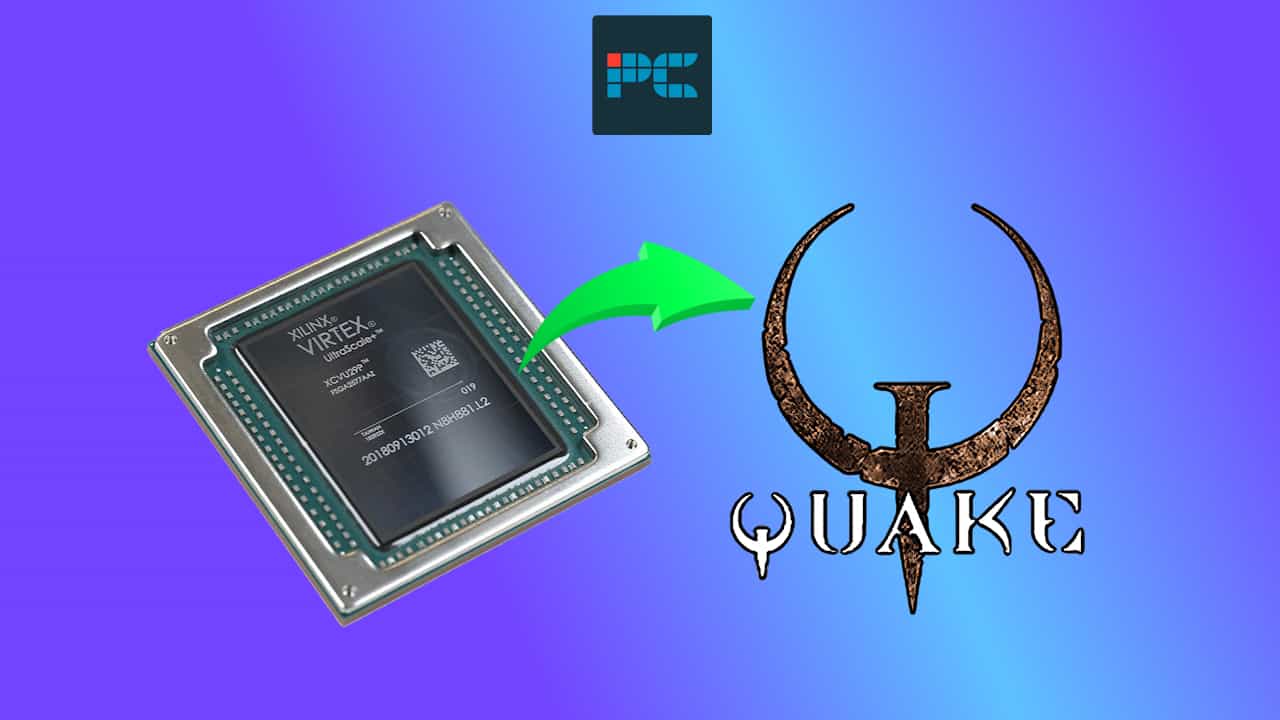Hobbyist makes FuryGPU graphics card with no experience, and it can play Quake

It’s always been remarkable what hobbyists have been able to do with limited tech. If you’ve ever wanted to see an Xilinx FPGA reworked into a 3D gaming GPU, then the latest work done by an enthusiast will certainly catch your attention. This homegrown GPU is even capable of running Quake.
The FuryGPU, as creator Dylan Berrie, calls it, is a remarkable 3D gaming GPU made from a Xilinx Zynq UltraScale+ FPGA. Berrie, a software engineer, has spent years creating this GPU that you can plug in and play. While the specs for the FPGA are definitely capable of making your own GPU, the amount of work it would take is enormous. This is evidenced by it taking Berrie four years to get the FuryGPU together.
Prime Day is finally here! Find all the biggest tech and PC deals below.
- Sapphire 11348-03-20G Pulse AMD Radeon™ RX 9070 XT Was $779 Now $739
- AMD Ryzen 7 7800X3D 8-Core, 16-Thread Desktop Processor Was $449 Now $341
- ASUS RTX™ 5060 OC Edition Graphics Card Was $379 Now $339
- LG 77-Inch Class OLED evo AI 4K C5 Series Smart TV Was $3,696 Now $2,796
- Intel® Core™ i7-14700K New Gaming Desktop Was $320.99 Now $274
- Lexar 2TB NM1090 w/HeatSink SSD PCIe Gen5x4 NVMe M.2 Was $281.97 Now $214.98
- Apple Watch Series 10 GPS + Cellular 42mm case Smartwatch Was $499.99 Now $379.99
- ASUS ROG Strix G16 (2025) 16" FHD, RTX 5060 gaming laptop Was $1,499.99 Now $1,274.99
- Apple iPad mini (A17 Pro): Apple Intelligence Was $499.99 Now $379.99
*Prices and savings subject to change. Click through to get the current prices.
The FuryGPU is a homemade GPU made out of a Xilinx FPGA that can run all of your favorites from the 90s
The GPU uses a custom PCB that comes with a Kria system-on-module. It also features the Xilinx Zynq UltraScale+ FPGA, a PCle 2.0 x4 connection, and several video outputs. The GPU is capable of producing a 400Hz GPU clock and a 480MHz Texture Unit clock. It’s able to run games like Quake and more using an original API, the FuryGL instead of Vulkan or DirectX3D.
So far, it’s been a rather large undertaking for Berrie to port games over to the custom API. However, the GPU is capable of running Quake at a solid 60 frames per second. This is amazing results for a homemade GPU. Not only is the FuryGPU capable of running games, but it can also handle other tasks. Basic computer work can be done using the graphics card, including the Windows desktop and audio.
Luckily, for those interested, Berrie is planning on making the GPU open-source at some point in the future. While an official date is not available, you can rest assured knowing that it’s coming.

